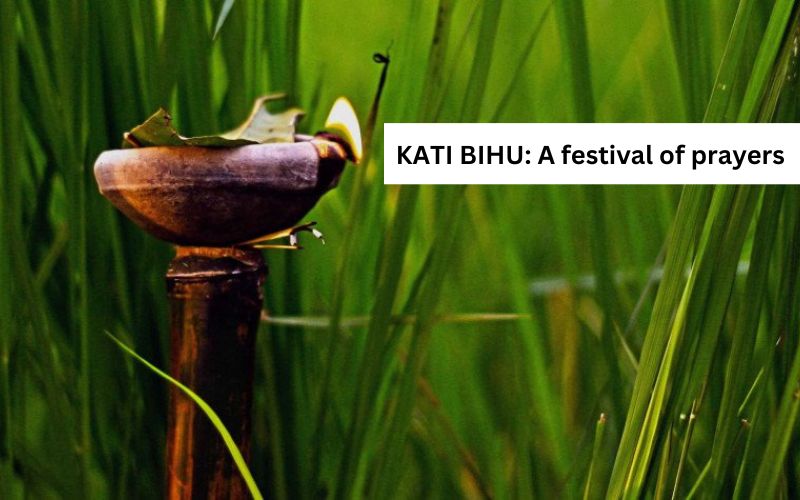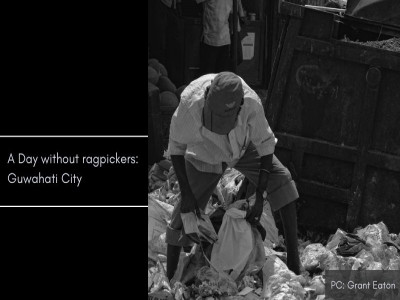
KATI BIHU: A festival of prayers
Kati Bihu (কাতি বিহু), also known as Kongali Bihu (কঙালী বিহু), is a unique festival observed in India’s
North-Eastern state of Assam. It is one of the three most significant festivals
of the Assamese people — including Bhogali Bihu and Rongali Bihu. Kongali Bihu
or Kati Bihu as it is commonly known derives its name from the Assamese month
of Kati (/Kartik). Unlike Bohag Bihu, Kati Bihu is not a showy event and the
festivities are soberer in nature. There is less merriment amongst the
observing folks — as the festival is all about the constraining conditions of
the month. The granaries of the farmers usually remain empty during this time,
hence it is known as Kongali (poor) Bihu.
Kati Bihu is celebrated on the first day of the ‘Kati’ month in the
Assamese calendar — usually falling somewhere in mid-October. Kati Bihu is an
observation of hope for a better future. The main part of this Bihu celebration
involves the lightening of earthen lamps or ‘saaki’ (চাকি) in different
parts of the household or paddy field. The main lamp is lit in the courtyard
near the Tulsi (তুলসী) plant. The Tulsi plant holds special significance for Hindu people as
it is considered to be very auspicious in the Hindu religion. Besides being
very auspicious, the plant is known to possess various medicinal properties
that can cure a person of various ailments.
On the occasion of Kati Bihu, the holy basil plant is thoroughly cleaned
and is placed on a ‘Tulsi Bheti’ (তুলসী ভেটি). A lamp is lit in front of the plant and various Prasad and prayers
are offered to Goddess Tulsi for the wellbeing of the family and for a good
harvest. The Prasad is later on shared among the members of the household and
neighborhood.
In the paddy field, farmers lit up a special kind of lamp, known as
‘Akash Bati’ (আকাশ বন্তি) or sky lamp. These lamps are placed high on a bamboo pole. It is
believed these lamps are lit to show our ancestors the way to heaven.
Scientifically, these lamps help to attract various insects or pests in the
field. They get drawn to the fire and die, which helps to keep the crops healthy.
The tradition of burning the lamps dates back to ancient celebrations when the
lanterns on the paddy field attracted insects and served as a natural
insecticide.
Kati Bihu is celebrated with great sincerity by the entire state. It is
one of the few unique festivals of India which surpasses religion, social
status, and caste, as people from all walks of life come together and observe
the solemnity of their conditions. Kati Bihu is observed at a time when the
stored grains of the previous harvest are nearing their end, and the only hope
for the future is a prosperous new harvest. That’s why the powers of ancestors
are called upon and mercy is begged from God. Kati Bihu is a solemn celebration
of our roots, and how we are all dependent on the ground that bestows us with
YIELDS that sustain our present and future.
Disclaimer: The opinions expressed in this article are those of the author's. They do not purport to reflect the opinions or views of The Critical Script or its editor.

Newsletter!!!
Subscribe to our weekly Newsletter and stay tuned.

















Related Comments